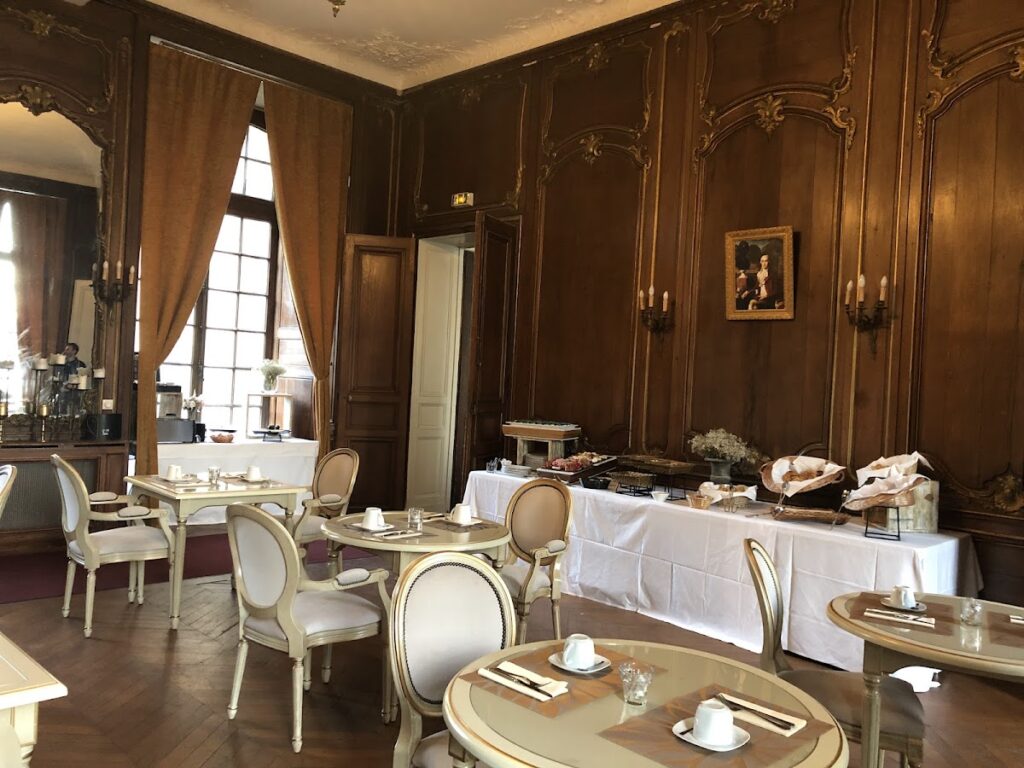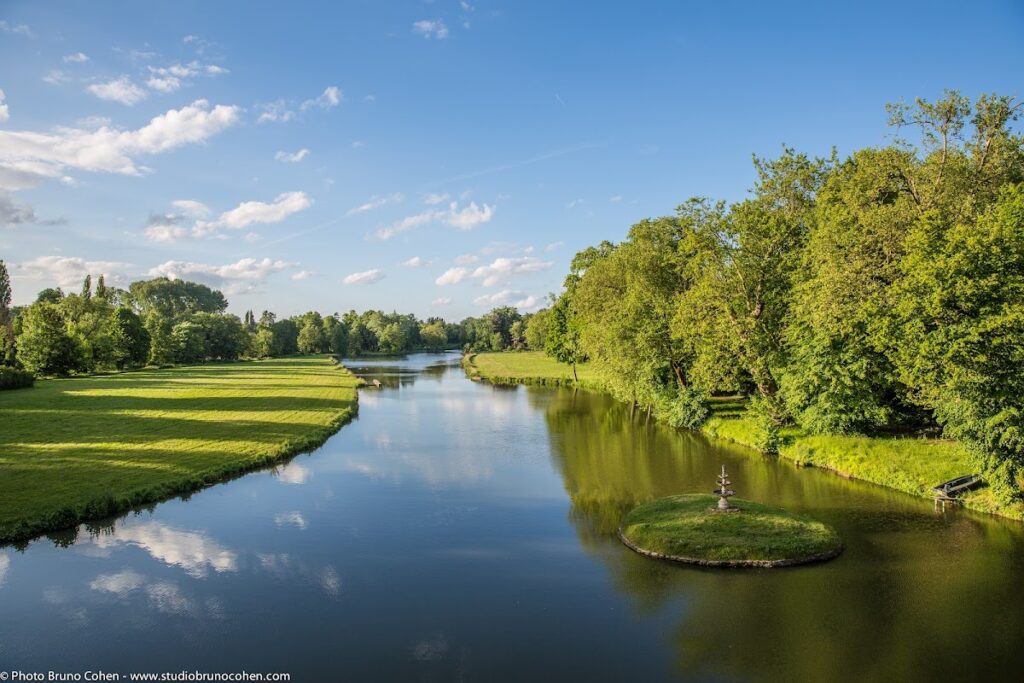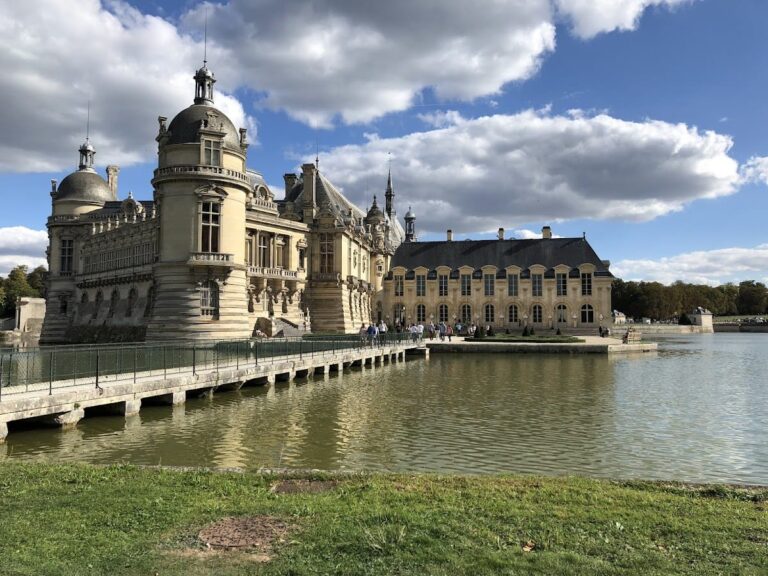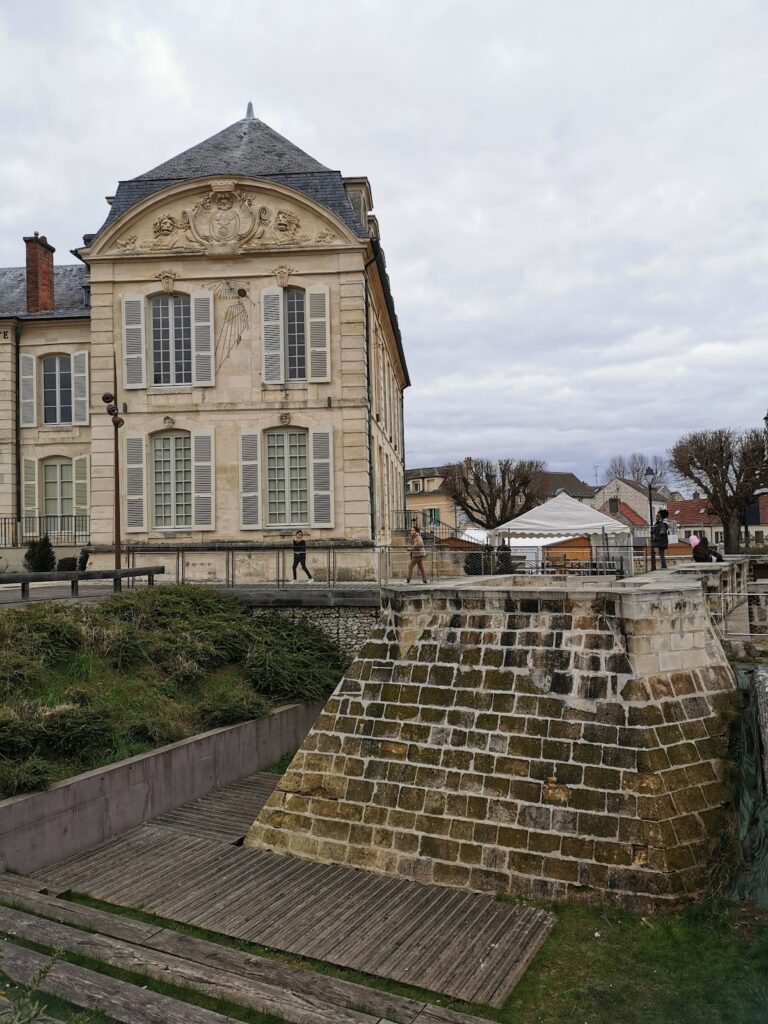Castle of Ermenonville: A Historic French Château and Landscape Park
Visitor Information
Google Rating: 4.1
Popularity: Medium
Google Maps: View on Google Maps
Official Website: www.domainechateauermenonville.com
Country: France
Civilization: Unclassified
Remains: Military
History
The Castle of Ermenonville is located in the municipality of Ermenonville, France. It occupies a site originally known as the villa of Irminon, named after a bishop of Senlis, and its history dates back to medieval times.
The initial fortress was established in 987 during the reign of Hugh Capet, the first king of the Capetian dynasty. Built over the earlier villa site, the castle served as a feudal stronghold held by various noble families, including the lords of Lorris. In the 15th century, it gained royal attention when King Louis XI occasionally stayed within its walls, reflecting its importance as a noble residence.
In 1600, King Henri IV, who favored the estate as a place of rest and visited his mistress Gabrielle d’Estrées there, arranged for the castle’s acquisition on behalf of Dominique de Vic, a faithful soldier. At that time, the castle still appeared as a medieval fortress, characterized by six small towers and a large central tower known as a donjon located near the courtyard.
The 18th century brought notable changes beginning around 1725 under Claude-Louis Lombard, who transformed the castle’s medieval fortress style. The donjon was removed, lateral wings were extended southwards, and a central projecting section adorned with heraldic decorations and wrought iron balconies was added. Windows became larger and more numerous, reflecting contemporary architectural trends that emphasized light and elegance.
A new phase of transformation occurred in 1763 when the marquis René-Louis de Girardin inherited the property. Girardin undertook modernization of the château interior and, most significantly, redesigned the extensive park surrounding the castle. Inspired by the philosophy of Jean-Jacques Rousseau, Girardin created one of the pioneering French landscape gardens in an English naturalistic style, with irregular paths, water features, and romantic garden structures. This park attracted prominent visitors such as Marie-Antoinette, Gustav III of Sweden, Benjamin Franklin, and figures involved in the French Revolution.
Jean-Jacques Rousseau himself spent his final six weeks at the château in 1778 and was buried on a small island within the southern part of the park. During the French Revolution, the castle was temporarily renamed in Rousseau’s honor. In 1794, his remains were transferred to the Panthéon in Paris.
Throughout the 19th and 20th centuries, the castle changed hands several times. It was owned by the Girardin family until the late 1800s, then passed to the Radziwiłł princes from 1880 to 1927. In 1938, the estate was acquired by the industrialist Ettore Bugatti, who later sold portions of the property. The park was eventually opened to the public under the name Parc Jean-Jacques Rousseau.
During World War II, German forces occupied the château and its grounds. After the war, the building served various functions, including a hotel-restaurant and a retirement home. In the 1980s, it was leased to the International Society for Krishna Consciousness (ISKCON) and renamed “Krishnaville,” serving as a temple and ashram until a major fire occurred in 1987.
Following restoration efforts, the château reopened as a retirement home before being sold in 1991 to a hotel group. It was then converted into a luxury hotel, also hosting several French film productions.
Remains
The Castle of Ermenonville maintains much of its 18th-century architectural character despite numerous alterations over centuries. Originally designed as a medieval fortress, the structure featured six small towers along with a large southern donjon that stood near what is now the courtyard. By the early 18th century, two of these small towers had disappeared, and the donjon remained until its demolition shortly after 1725 during a significant transformation.
The remodelling led by Claude-Louis Lombard introduced a more refined, Enlightenment-era design. The lateral wings were extended towards the south, creating a larger footprint. A prominent central projecting section, known as a corps de logis, was added at the front of the château. This body was highlighted by two lowered pediments decorated with heraldic motifs. Wrought iron balconies enhanced the first-floor façade, and window mullions featured ornamental bas-reliefs. Heraldic symbols, notably those of Dominique de Vic, the soldier for whom the castle was bought in 1600, were incorporated into the exterior decorations, reflecting a respect for the château’s historical lineage.
The château’s chapel was originally housed within the north-western tower, but this tower collapsed in 1776. It was not rebuilt until the 19th century. In the meantime, a new chapel was constructed beneath the main staircase located between the ground floor and the basement level, revealing adaptability in using interior space for religious functions.
Surrounding the château is a large and historically significant landscaped park known as Parc Jean-Jacques Rousseau. Initiated in 1765 under marquis Girardin with assistance from English gardeners, the park embraces the English landscape garden style, characterized by informal, naturalistic layouts. The design includes winding paths, irregularly shaped water features fed by the nearby Launette river, and a collection of romantic garden structures. Notable examples are the “Cabane du philosophe,” an intimate garden hut; the Temple of Philosophy, a classical-style pavilion; and the Altar of Reverie, a symbolic garden setting.
Within the park lies an artificial lake containing a small island where Jean-Jacques Rousseau was originally buried before his remains were moved to Paris. Historically, the château was encircled by a moat filled with water diverted from the river, reaffirming its defensive origins.
Certain elements of the estate, such as the château itself alongside park features like Rousseau’s island and the Temple of Modern Philosophy, received official recognition as historic monuments in 1930. The building underwent restorations notably in the mid-19th century under Ernest de Girardin and again following the 1987 fire that caused significant damage during ISKCON’s tenure.
Inside, the château’s interiors were historically furnished and underwent renovation in the 18th century, although the original furniture and collections were sold and dispersed by 1933. Today, the château functions as a hotel-restaurant, preserving the elegance and architectural details from its 18th-century remodeling phase while maintaining the historical character imbued by its centuries-long evolution.










